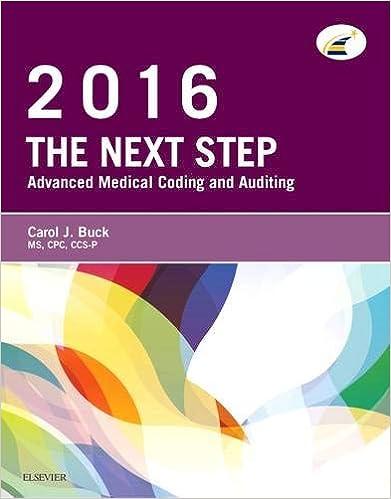Answered step by step
Verified Expert Solution
Question
1 Approved Answer
Oakland Precision Products ( OPP ) manufactures and sells a variety of scales for the kitchen and office. OPP sells primarily to kitchenware stores, discount
Oakland Precision Products OPP manufactures and sells a variety of scales for the kitchen and office. OPP sells primarily to
kitchenware stores, discount stores, and so on Two of the scales it produces for kitchen use are the Cook and Baker. The Cook is a
basic food scale. The Baker has a greater capacity and special features that facilitate adjusting baking recipes for more or fewer
people. The following information is available:
The average wage rate is $ per hour. Variable overhead varies with the quantity of direct laborhours. The plant has a capacity of
direct laborhours, but current production uses only direct laborhours.
Required:
a A nationwide kitchenware chain has offered to buy Cook models and Baker models if the price is lowered to $
and $ respectively, per unit.
a If OPP accepts the offer, how many direct laborhours will be required to produce the additional scales?
a Complete the following table to determine the differential profit increase or decrease if OPP accepts this proposal. Prices on
regular sales will remain the same.
b Suppose that the kitchenware chain has offered instead to buy Cook models at $ per unit and Baker models
at $ This customer will purchase the models only in an allornothing deal. That is OPP must provide all units of the
Cook model and units of the Baker model or nothing at all. In view of its capacity constraints, OPP will reduce sales to regular
customers as needed to fill the special order. Complete the table below to determine the total contribution margin with the special
order added.
b How much will the profits change if the order is accepted? Assume that the company cannot increase its production capacity to
meet the extra demand.
c Assume that, in the situation presented in requirement b the plant can work overtime. Direct labor costs for the overtime
production increase to $ per hour. Variable overhead costs for overtime production are $ per hour more than for normal
production. Complete the table below to determine the total contribution margin.
c How much will the profits change in this situation compared to the capacity constraints scenario in requirement b
Complete this question by entering your answers in the tabs below.
Req A
Req A
A nationwide kitchenware chain has offered to buy Cook models and Baker models if the price is lowered to
$ and $ respectively, per unit.
A Complete the following table to determine the differential profit increase or decrease if OPP accepts this proposal. Prices
on regular sales will remain the same.
Show less

Step by Step Solution
There are 3 Steps involved in it
Step: 1

Get Instant Access to Expert-Tailored Solutions
See step-by-step solutions with expert insights and AI powered tools for academic success
Step: 2

Step: 3

Ace Your Homework with AI
Get the answers you need in no time with our AI-driven, step-by-step assistance
Get Started


